No 99 Squadron RAF
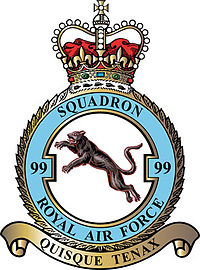
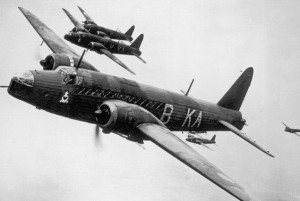
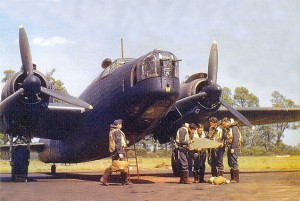
Motto: “Quisque Tenax” (“Each Tenacious”)
Badge: A puma salient. The puma in No.99 Squadron’s badge has a double significance: the squadron once flew aircraft equipped with Puma engines and the animal signifies independence and tenacity of purpose.
Squadron History:
No. 99 Squadron, RFC, was formed at Yatesbury, Wiltshire, on 15th August 1917, from a nucleus provided by No. 13 Training Squadron, and went overseas in April 1918, equipped with DH9s. The squadron was posted to the bombing force which in June 1918, became known as the Independent Force and, until the Armistice, was engaged on long-distance day-bombing raids into Germany; in the course of these raids it suffered very heavy casualties.
No. 99 Squadron made its first raid on 21st May from Tantonville airfield, which it shared with No. 55 Squadron. On 16th July twelve of No. 99’s DH9s, followed by six of No. 55’s DH4s, attacked the railway station at Thionville. A large number of bombs was dropped and great damage caused when an ammunition train received two direct hits and exploded, setting off a whole chain of explosions with shells flying in all directions. This was one of the most successful British bombing raids of the war. On 31st July, nine aircraft of No. 99 Squadron, en route to Mainz, encountered about 40 hostile fighters and four bombers were shot down. The remaining five continued as far as Saarbrücken and bombed the railway station but the German fighters kept up their attack and another DH9 crashed near the centre of the town. On the return journey two more DH9s were shot down. The enemy, however, did not escape scot free, for one of the surviving pilots said in his report of the operation: “We…accounted for eight enemy scouts definitely known to have crashed.”
In September the squadron began to re-equip with the DH9A, but it was not fully re-equipped with this type until after the Armistice.
During its six months of war service No. 99 Squadron made 76 raids and dropped a total of more than 61 tons of bombs. Of the number of aircraft starting on raids, 79 per cent succeeded in reaching and bombing their objectives, a notable figure considering the distance flown over hostile territory and the overwhelming opposition put up by the enemy against daylight raids – not to mention the unreliability of the DH9’s Puma engine. Twenty-one DH9s were lost to enemy action. The squadron destroyed twelve enemy aircraft and shot down seven out of control while engaged on long-distance raids.
After the war No. 99 Squadron was engaged for a while on air mail duties fu Europe. Then, in May 1919, it left its base in France for India where it was subsequently engaged in the Mahsud and Waziristan operations on the North-West Frontier. In April 1920, it was re-numbered No.27 Squadron.
In April 1924, No. 99 was re-formed at Netheravon as a twin-engined-bomber squadron. It was equipped successively with Vimys, Aldershots, Hyderabads, Hinaidis and Heyfords and at the start of the Second World War was flying Wellingtons from Newmarket. (It was actually based at Mildenhall at that time but was using Newmarket as a dispersal area.) In common with other Wellington squadrons of Bomber Command, No. 99 was engaged for a while on armed searches for German Naval units in the North Sea, and Nickel (leaflet-dropping) raids, but by 1941 there was steady bombing of naval and industrial targets. The Scharnhorst and Gneisenau – or “Salmon” and “Gluckstein” as the bomber crews dubbed them – were, of course, included.
During the early part of 1942 the squadron moved to India and in November of that year began to operate against the Japanese in Burma.
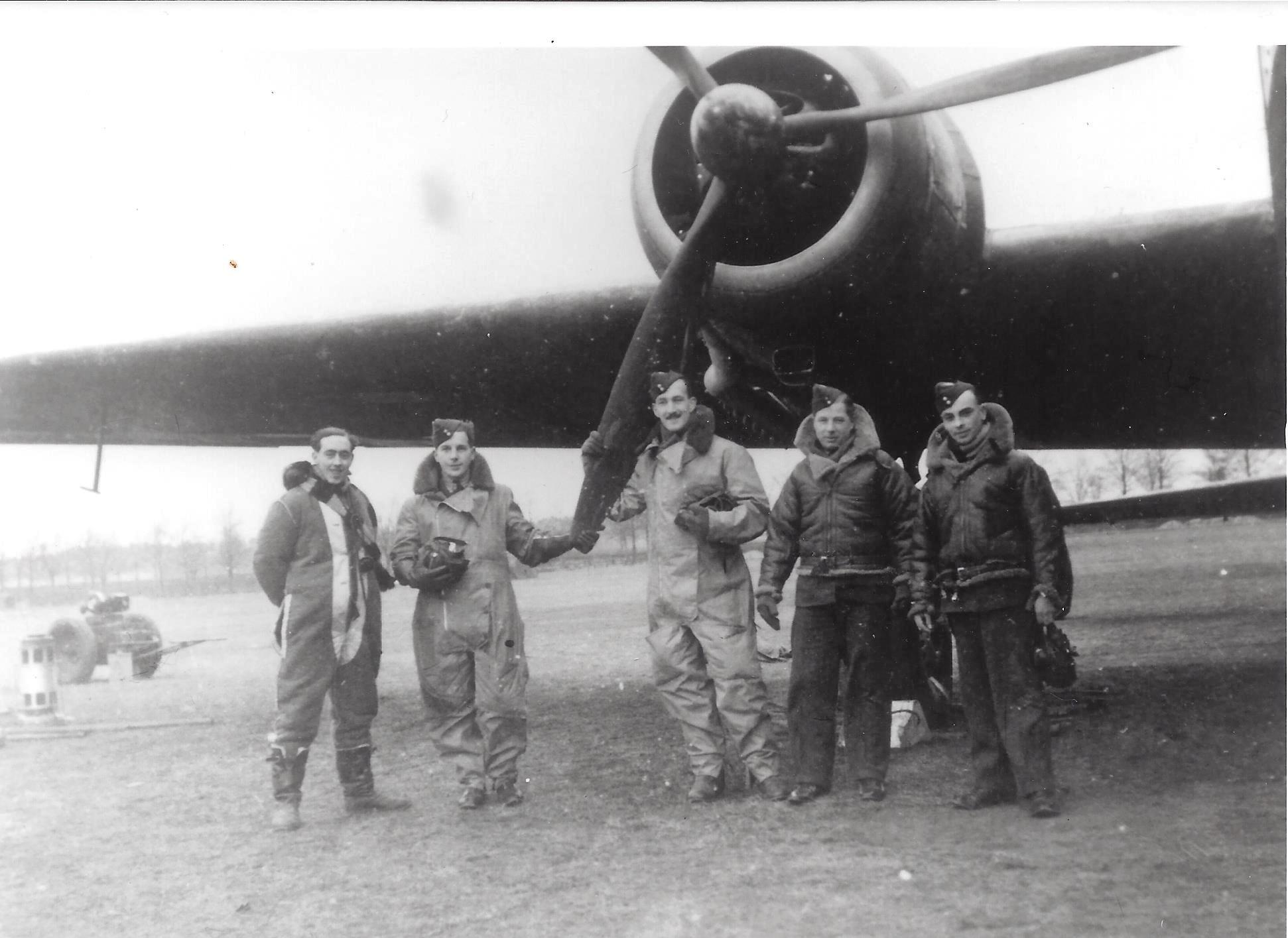
Sgt Goodman and Crew of R Robert
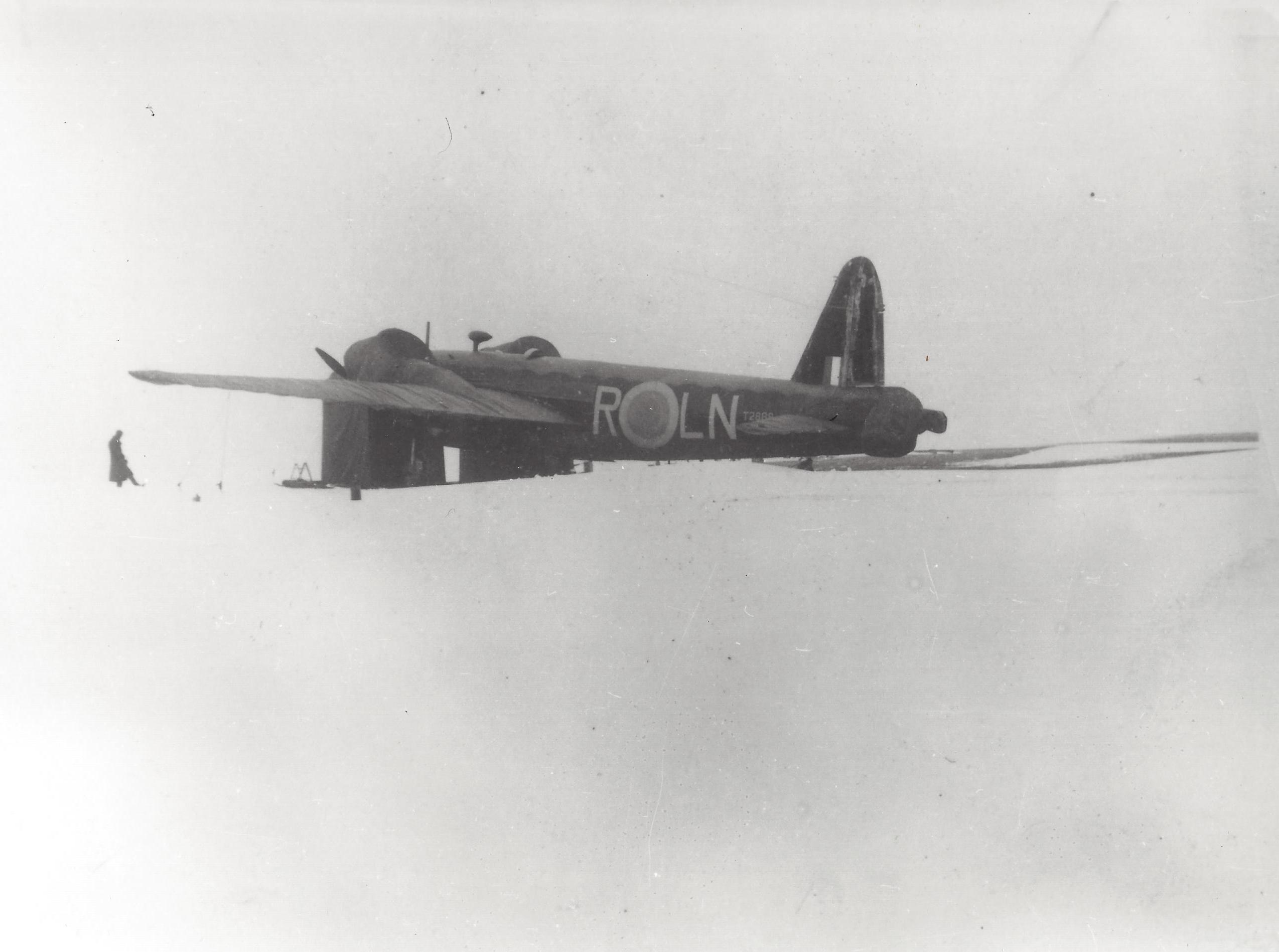
R Robert at Newmarket 1941
From November 1940 until March 1941, Flight Sergeant Goodman was with 99 squadron at Newmarket, flying from the racecourse, at that time the longest runway in Bomber Command, and living in the grandstand during the bitter winter of 1940/41. The pictures above show his Wellington, R for Robert at dispersal and, second from the left, as skipper with his crew. While there, he had an encounter with a Dornier which had just laid a stick of bombs along Newmarket high street. For this engagement, he was awarded half a victory; perhaps the only incidence of a Wellington being used as a fighter…
There was another event which was to resonate many years later when a replacement crew took R Robert on a raid to Germany. Running short of fuel and encountering thick fog over East Anglia, they baled out, leaving the Wellington to fly on and crash in the Fens. In September 1982, an aircraft preservation society found the plane and Group Captain Goodman was able to visit the site. A propeller blade from the aircraft now forms part of a permanent memorial to the crews of 99 squadron outside Newmarket racecourse.
On finishing his tour, Flight Sergeant Goodman was tasked to take a Wellington to the Middle East, flying a non-stop flight of 11 hours 30 minutes. Once there, instead of returning to the UK as a pilot screened from operations, the mounting losses meant that he had to rejoin the battle, operating from desert airstrips over Libya and Crete. A costly series of raids, which reduced the Squadron to a shadow of what it had been. The Nissen hut in which he and his crew were billeted emptied twice over before Crete was overrun.
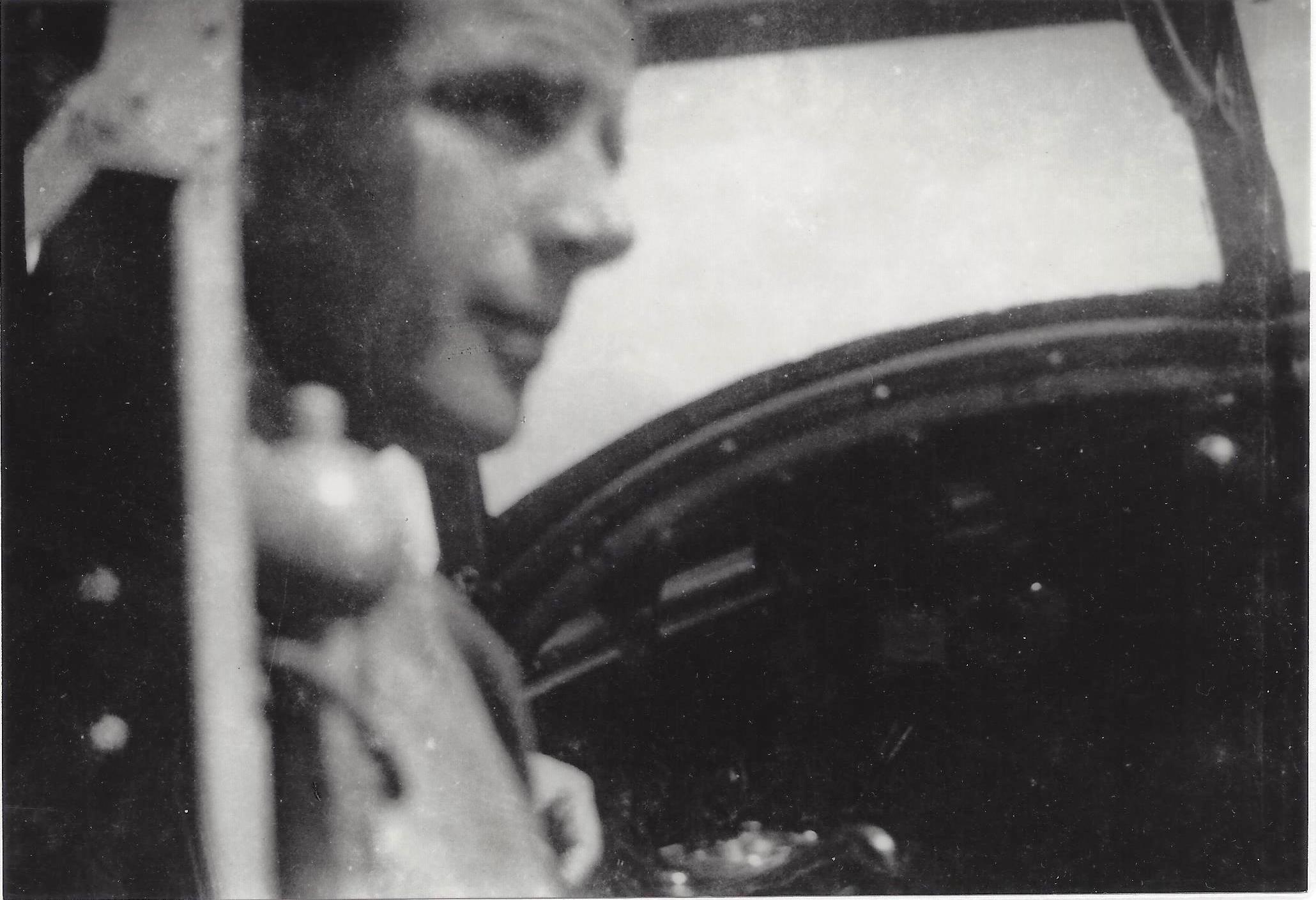
Benny Goodman at the Controls of R Robert
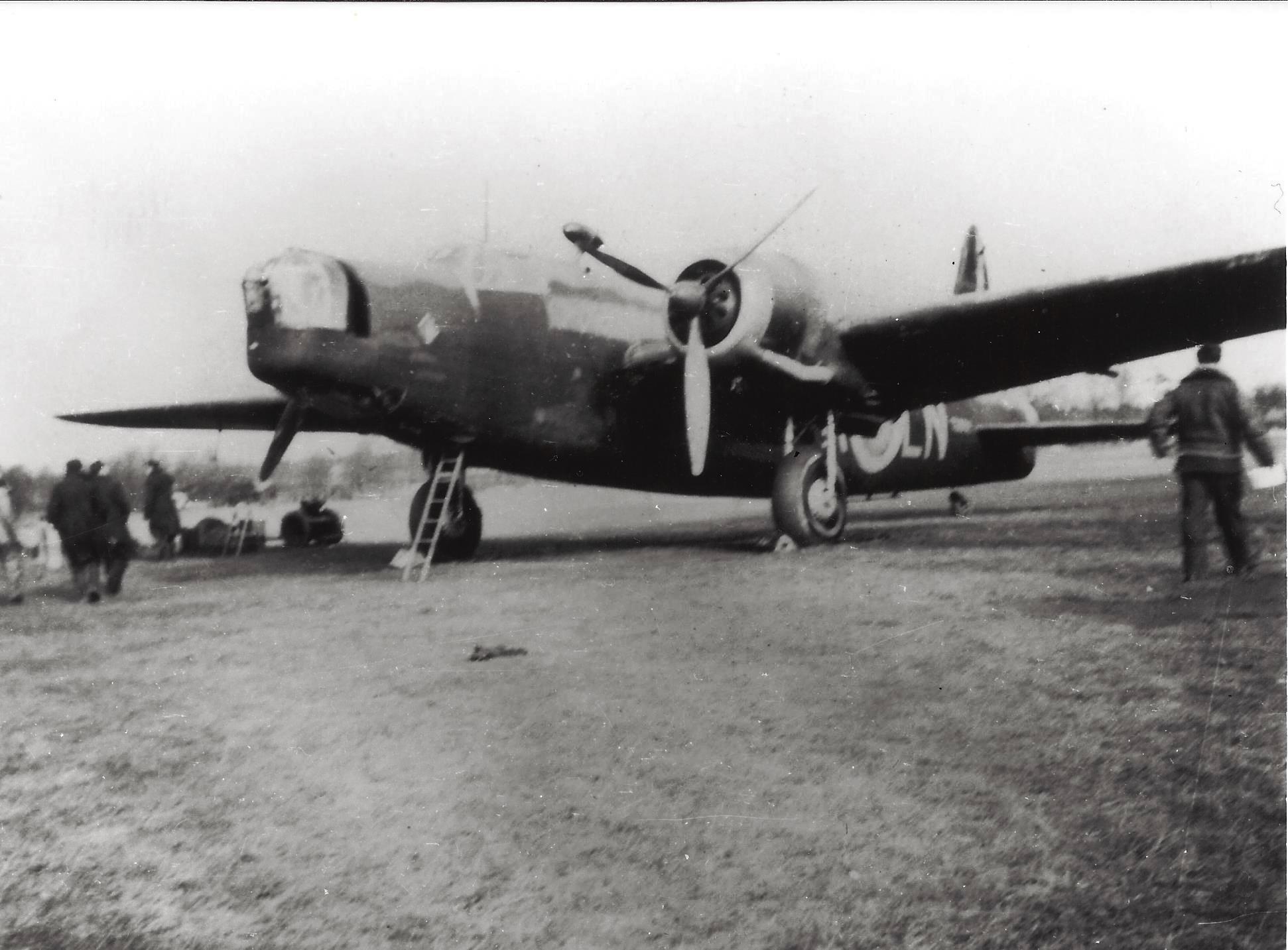
R Robert
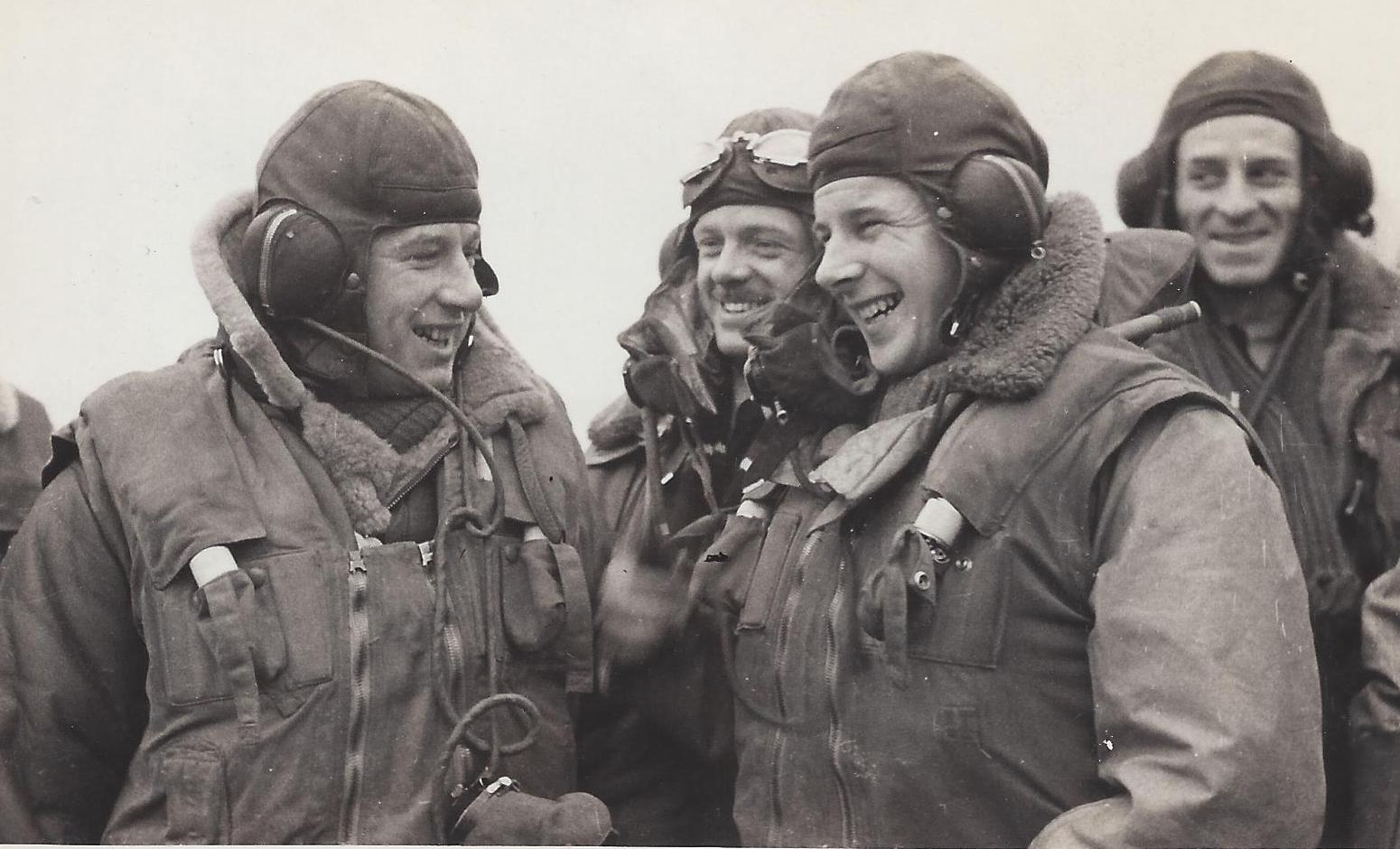
Benny Goodman with Crew
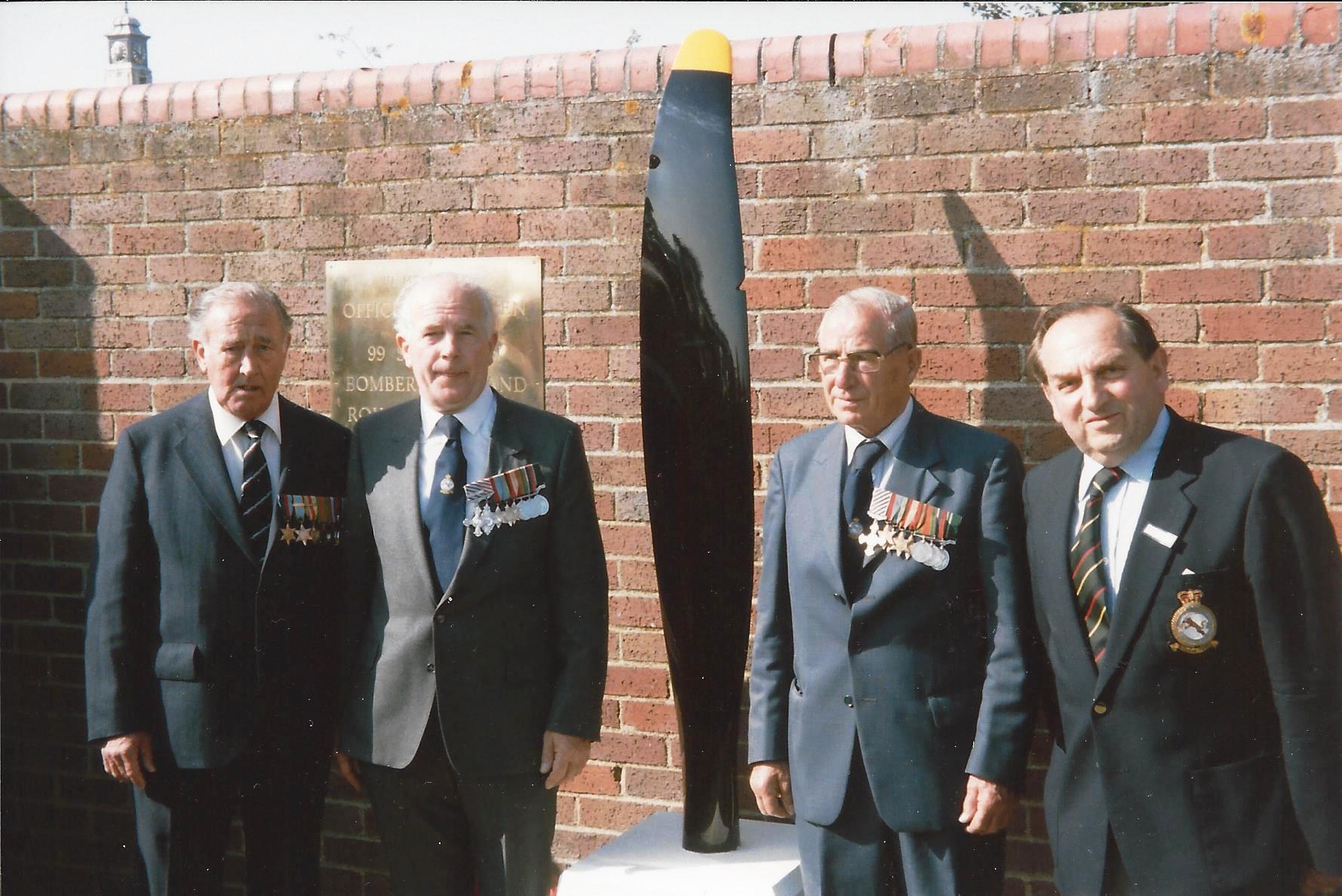
Old Comrades
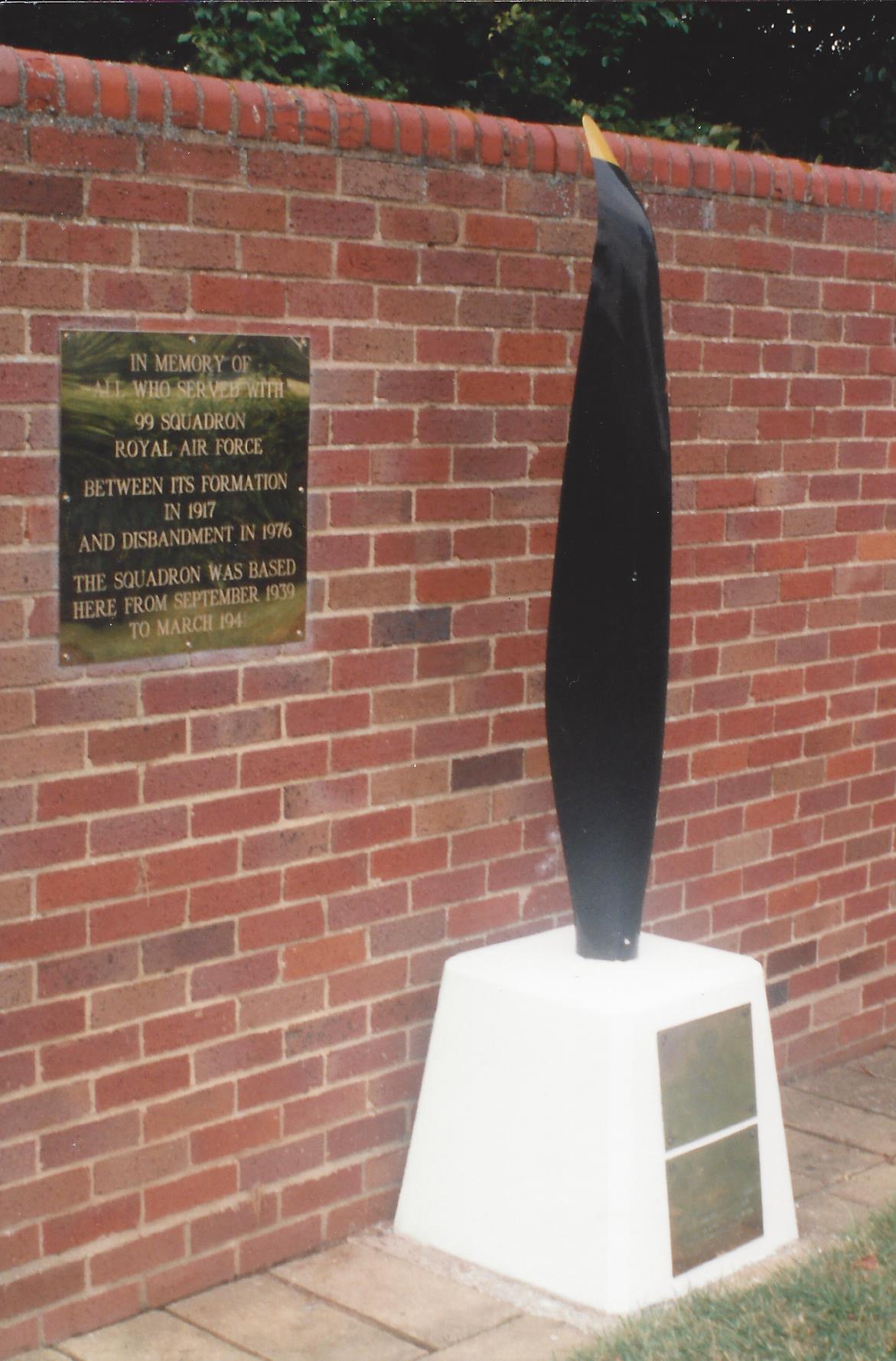
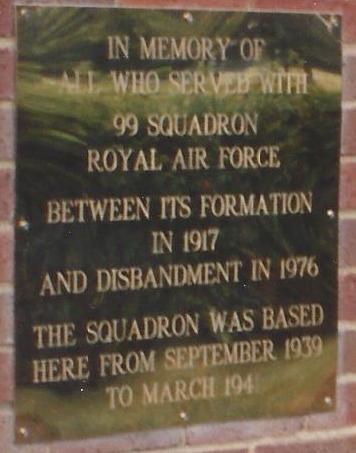
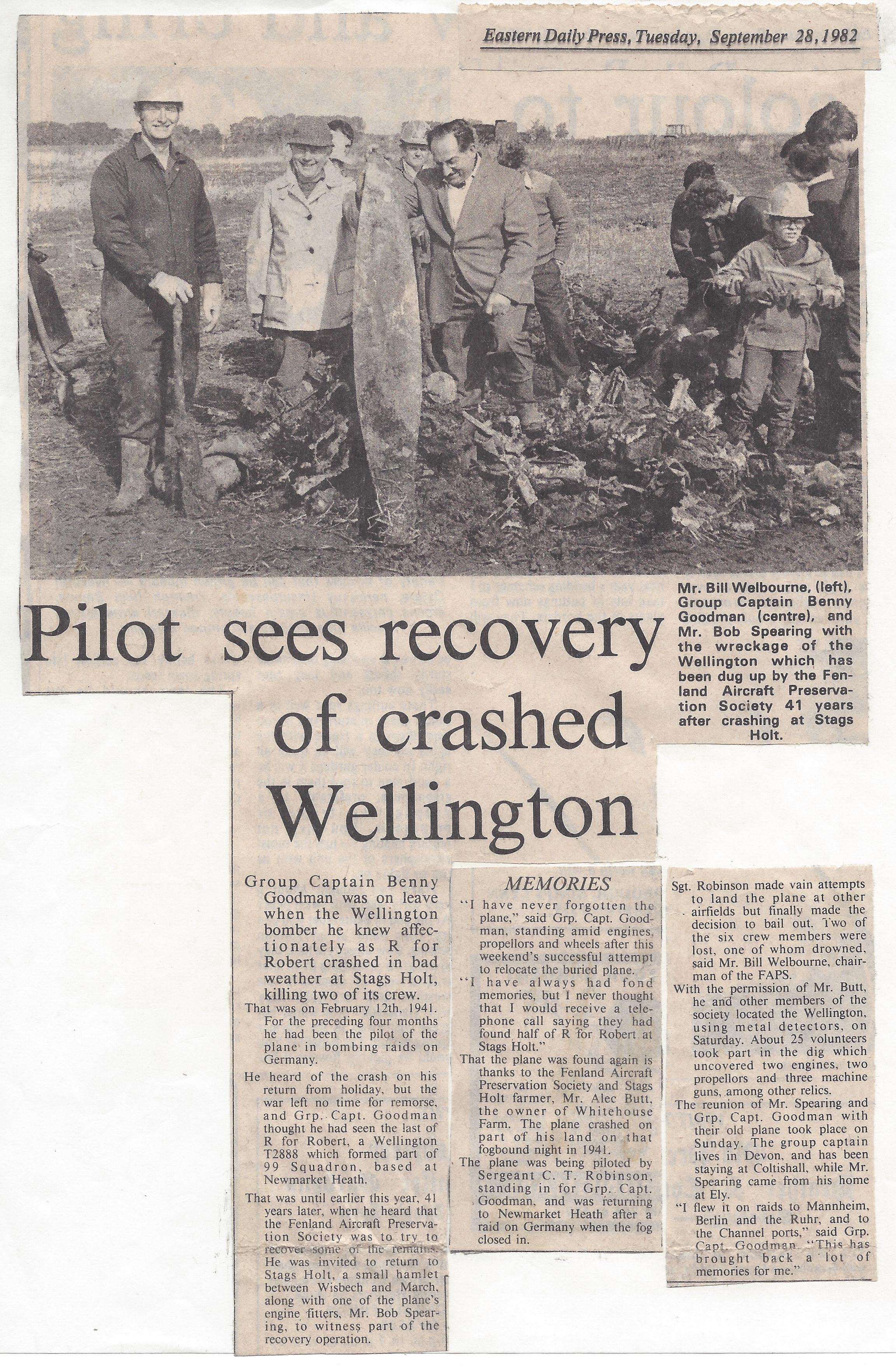
Newspaper Articles on R Robert, Sep 1982
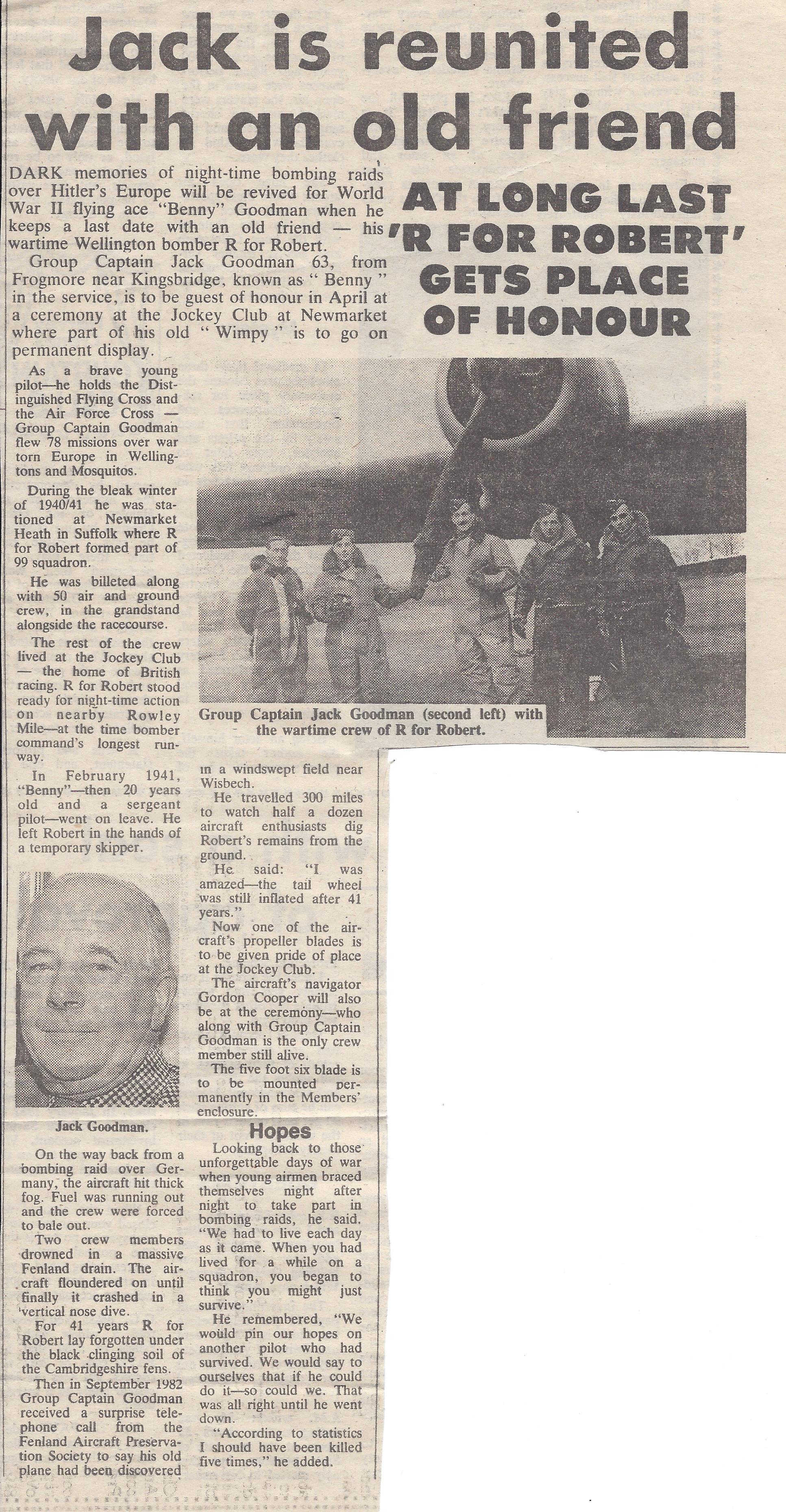
Bomber Command during the Battle of Britain
History of 99 Sqn (Wikipedia)
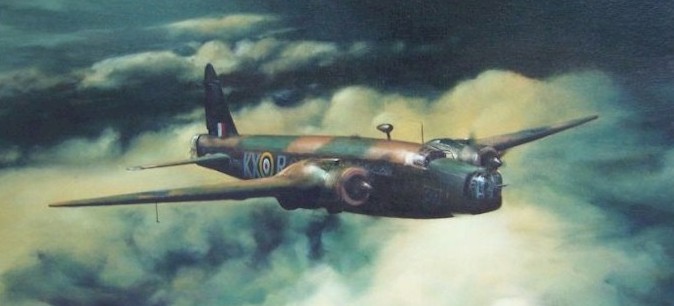
You must be logged in to post a comment.